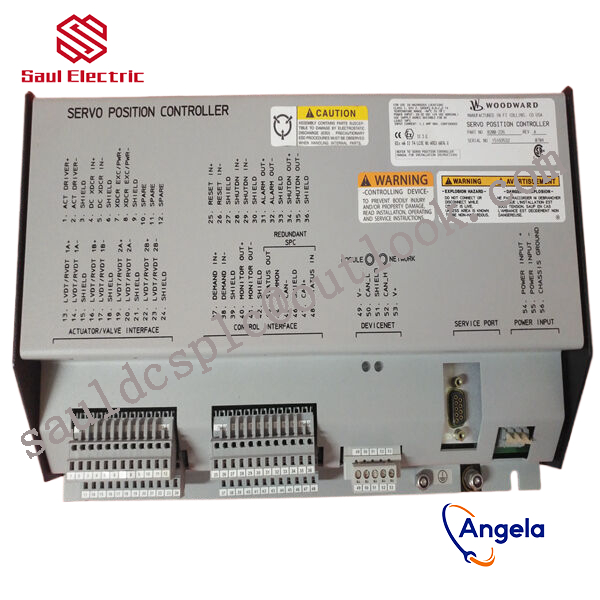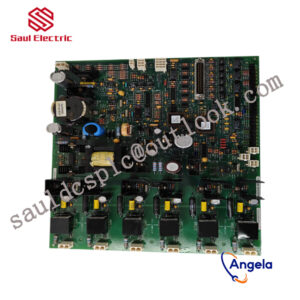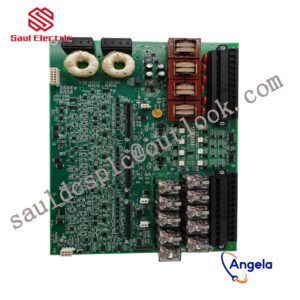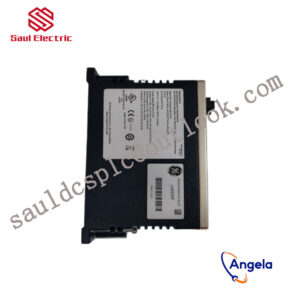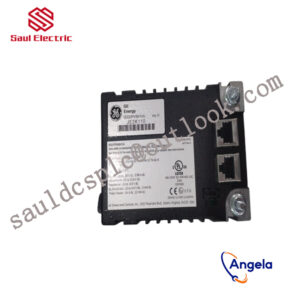Description
5461-661 Generator Parts Speed Controller 2301A Speed
Non differential regulation is mainly used for constant speed control and is suitable for single machine operation or multiple prime movers working together in an isolated power grid. Differential regulation provides more control flexibility.
further enhancing its performance and application range.
rich additional functions, and high-precision output signals. Whether it is in the fields of generator sets, compressors, pump stations, or ships and locomotives, it can effectively ensure the stable operation of equipment within the set range.
power measurement level 1, editable screen, multi interface toolkit connection, etc. All details can be found in Woodward easyYgen manual 37582A
The rated operating temperature range of this model is -20 to 70 ° C; the rated temperature range of the LT model is -40 to 70 ° C, suitable for outdoor use.
5461-661 is equipped with a monitor (not available on the 3100 model) and is designed for front panel installation.
The built-in HMI has a color LCD and soft keys (now with dedicated buttons) for direct control of the 5461-661 device. Multi level password protection can prevent unauthorized changes.
The generator set has four operating modes and the option to configure a manual circuit breaker control device.
How to use 5461-661?
What is 5461-661 used for?
5461-661 Customs Code
Design of ABB industrial robot deburring and grinding workstation based on RobotStudio simulation softwareintroductionAs an official offline programming software for ABB robots, Robotstudio not only has powerful simulation and offline programming functions, but also has automatic path generation function and simulation monitoring collision function. It can realize the simulation of robots in real scenes, so as to timely update existing robot programs. optimize. On-site teaching programming will affect normal production activities on site.The application of Robotstudio software offline programming can reduce on-site teaching and programming time.As a traditional process of mechanical processing, deburring and grinding have a wide range of applications. However, for a long time, in the process of manual deburring and polishing, there have been differences in operations between workers. The manual operation is not repeatable and the deburring effect is unstable, which has seriously affected the surface quality and service life of the finished product; and the working environment There is a large amount of dust floating in the air and the conditions are harsh, seriously endangering the physical and mental health of workers. With the proposal of “Made in China 2025”, intelligent manufacturing production has become an important development direction for the transformation and upgrading of the future manufacturing industry. The use of industrial robot automated production lines for repetitive batch processing operations can not only greatly improve production efficiency, but also greatly improve product quality. Yield and production stability. Therefore, before designing the robot polishing program, if the shape, size and polishing amount of the workpiece to be polished are known, the robot offline program can be written on the Robotstudio software according to the existing conditions, thereby improving the efficiency of on-site programming.1Design task descriptionThis task is to create a new simulation workstation in ABB robot simulation software Robotstudio. The corresponding training equipment in reality is the Yalong YL-l360A industrial robot deburring and grinding system control and application equipment. The industrial robot selection and method of the simulation workstation are The grinding head installed on the blue plate refers to the Yalong YL-l360A industrial robot deburring and grinding system control and application equipment, and the workpiece is customized. The ABB industrial robot deburring and grinding workstation simulation training process includes: creating a workstation, setting up tools, creating smart components, creating tool coordinate systems, creating trajectories, programming, simulation design, and verification.2 Task implementation2.1 Create a workstationImport the robot: First, create a new simulation workstation in the Robotstudio software. The workstation name is self-named, and then import the corresponding industrial robot IRB1410. The robot position remains unchanged by default. Create a robot system, modify the system options, check 709-1DeviceNetMaster/s1ave, select Chinese as the language, and leave the other options unchanged by default, then click Confirm to create the robot system. After the robot system is created, hide the industrial robot IRB1410 to facilitate subsequent workstation operations.Import workpiece: The workpiece here is customized, and the corresponding workpiece is selected according to the actual situation on site. This article uses the original workpiece Curvet in Robotstudio software. After importing it into the workstation, according to the reachable range of the robot, just place the workpiece at a suitable location within the reachable range of the robot, as shown in Figure 1.Import the grinding rotor tool: First, create a new grinding rotor tool component – rotor – copy (2) and rotor – copy (2) in the so1idworks 3D software. The rotor – copy (2) is a rotatable grinding rotor. —The copy is the tool body, which is the grinding rotor frame, and is installed on the robot flange, as shown in Figure 2.2.2 Setting toolsFirst, move the rotatable grinding rotor and the tool body to the local origin based on point A, and adjust the initial tool angle so that the grinding rotor is parallel to the x-axis of the geodetic coordinate system, as shown in Figure 3. Set the local origin of the tool body at this time, change the position x, y,: to 0, 0, 0, and change the direction x, y,: to 0, 0, 0.Figure 3 Tool settingsCreate a new frame at point B of the tool body, name it “frame l”, and adjust the direction of frame l so that the axis is perpendicular to the plane of point B. The specific direction is shown in Figure 4.
5463-432 From Woodward, USA
8280-107 From Woodward, USA
9905-537 From Woodward, USA
A9904-060 Controller debugger generator WOODWARD
5466-042 WOODWARD generator set speed control board
5462-522 Controller debugger generator WOODWARD
8256-021 WOODWARD Speed Sensor Full Series
9904-173 WOODWARD 2301A Speed Control Controller
5453-203 Controller debugger generator WOODWARD
5415-737 Controller debugger generator WOODWARD
8516-039 Generator Parts Speed Controller 2301A Speed
9906-707 WOODWARD 2301A Speed Control Controller
9907-490 Controller debugger generator WOODWARD
8290-194 WOODWARD Speed Sensor Full Series
8444-1019F WOODWARD 2301A Speed Control Controller
5437-283 From Woodward, USA
5466-032 WOODWARD generator set speed control board
5464-536 Controller debugger generator WOODWARD
5417-417 Generator Parts Speed Controller 2301A Speed
5464-205 WOODWARD 2301A Speed Control Controller
8272-385 From Woodward, USA
8440-1715 SPM-D11 WOODWARD Speed Sensor Full Series
5464-768 WOODWARD 2301A Speed Control Controller
5464-828 Controller debugger generator WOODWARD
8230-896 WOODWARD Speed Sensor Full Series
5466-061 WOODWARD generator set speed control board
5463-729 Generator Parts Speed Controller 2301A Speed

